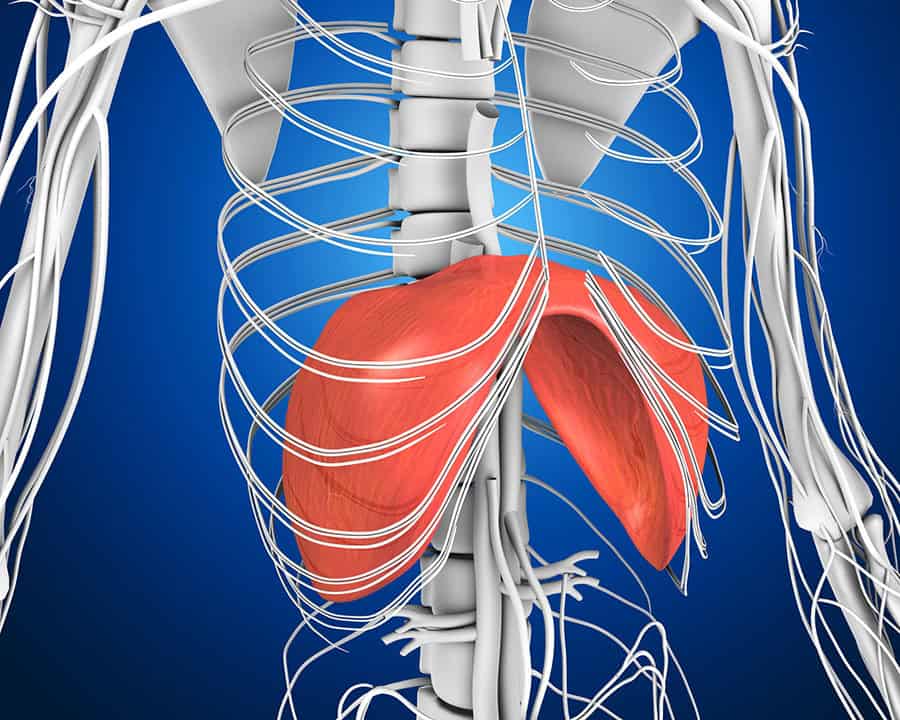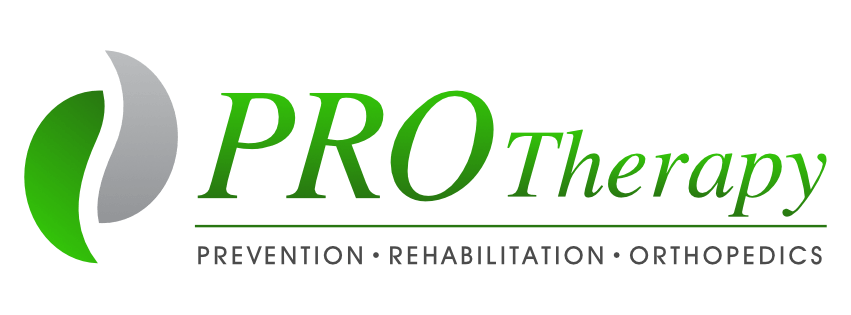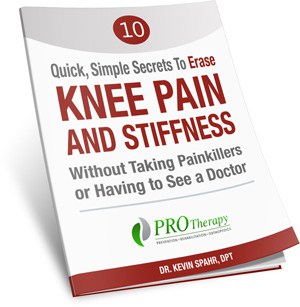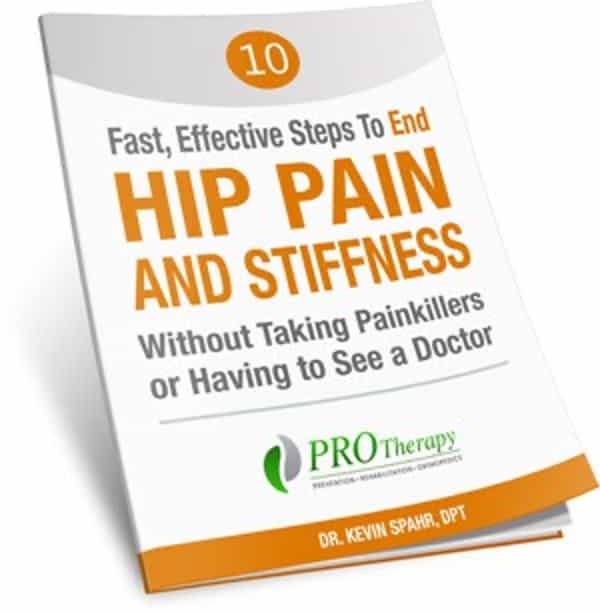If you’re dealing with nagging low back pain, you’ve likely tried it all. You’ve stretched your hamstrings, you’ve focused on your posture at your desk, and you might have even invested in a new ergonomic chair. But what if one of the most powerful tools for managing your back pain isn’t in your legs or your office setup, but in how you breathe?
Here at PRO Therapy, we help people from all over the twin cities get to the true source of their pain. And time and time again, we find a surprising culprit: inefficient breathing. Before you dismiss it as too simple, let’s explore the profound connection between your breath and your back.
The Problem with “Default” Breathing
Take a breath right now. What moved? Did your shoulders lift towards your ears? Did your chest puff forward?
If so, you’re in good company. Most of us fall into a pattern of shallow, “chest breathing,” especially when we’re stressed, focused, or in pain. This pattern relies on the smaller muscles in our neck and shoulders (like the scalenes and upper trapezius) to do the heavy lifting of respiration.
The result? These muscles become overworked, tight, and fatigued. This can lead directly to the neck stiffness, shoulder tension, and even headaches that so often accompany back pain. More importantly, this breathing pattern fails to engage the single most important muscle for spinal stability: your diaphragm.
Meet Your Diaphragm: Your Body’s Built-in Back Brace
 Think of your diaphragm as a large, dome-shaped muscle that sits at the base of your rib cage. Its primary job is breathing. When you inhale, it contracts and flattens downward, drawing air into your lungs. When you exhale, it relaxes back up, pushing air out.
Think of your diaphragm as a large, dome-shaped muscle that sits at the base of your rib cage. Its primary job is breathing. When you inhale, it contracts and flattens downward, drawing air into your lungs. When you exhale, it relaxes back up, pushing air out.
But its secondary job is just as critical: core stabilization.
Your “core” isn’t just the six-pack muscles on the surface. Your true, deep core functions like a canister.
- The diaphragm is the lid on top.
- The deep abdominal muscles (transverse abdominis) are the sides.
- The deep back muscles (multifidus) provide support from behind.
When you take a proper, deep diaphragmatic breath, the diaphragm descends and creates a gentle increase in intra-abdominal pressure. This pressure acts like an internal air bag, creating 360-degree support for your lumbar spine from the inside out. It’s your body’s own natural, perfectly designed back brace.
Shallow chest breathing never allows this system to work. It leaves your spine unsupported and vulnerable, forcing the small muscles in your back to work overtime to keep you stable. Over time, this leads to fatigue, strain, and chronic pain.
Try It Yourself: The 360-Degree Breath
Let’s retrain your body to use the right tool for the job. You can do this lying down, sitting, or standing.
- Get Comfortable: Lie on your back with your knees bent and feet flat on the floor. Place one hand on your chest and the other on your belly, just above your navel.
- Inhale Through Your Nose: Breathe in slowly through your nose for a count of four. Your goal is to feel the hand on your belly rise while the hand on your chest stays relatively still. Don’t just push your belly out—imagine your entire torso from your navel to your low back is a balloon expanding in all directions (front, sides, and back).
- Exhale Slowly: Breathe out gently through your mouth as if you’re blowing through a straw. Feel your belly hand lower as your core naturally tightens.
- Repeat: Continue for 1-2 minutes, focusing on the slow, controlled rhythm. This shouldn’t feel forced.
The First Step to a Stronger Foundation
Mastering your breath is the first, most fundamental step in building a resilient, pain-free back. It calms your nervous system, reduces tension in your neck and shoulders, and provides crucial stability to your spine with every breath you take.
We’ve spent this time focusing on the ‘lid’ of our core canister—the powerful diaphragm. But a canister isn’t stable without a strong, functional base. What happens when the bottom of the system isn’t working in sync with the top?
That is the missing piece of the puzzle for so many people with persistent back, hip, or core issues. It’s the key to unlocking true, foundational strength.
Mastering your breath is a fundamental step in building a resilient, pain-free back
We’ve spent this time focusing on the ‘lid’ of our core canister—the powerful diaphragm. However, a canister isn’t stable without a strong, functional base. That base is your pelvic floor, a group of muscles that works in perfect partnership with your diaphragm, moving in sync with every breath.
When this crucial partnership is disrupted, it can be the hidden source of unresolved low back pain, hip issues, and core weakness. This connection is often the missing link in recovery, and we’ll be diving deeper into this foundational topic next month.
If your back pain is stopping you from enjoying walks around Lake of the Isles or keeping you from your daily routine, don’t wait. For effective physical therapy for back pain in Minneapolis, contact the experts at PRO Therapy today for a personalized assessment and get started on the path to lasting relief.
- Physical Therapy Programs for ACL Tear Recovery (And Prevention) - December 17, 2025
- Top Questions Women Ask About Pelvic Pain (But Are Too Afraid to Ask) - December 12, 2025
- Treating and Avoiding Hockey Injuries with Physical Therapy - November 26, 2025










